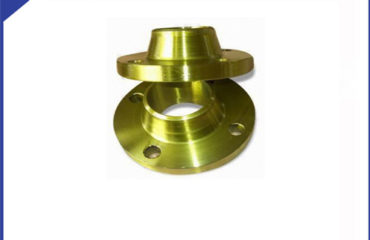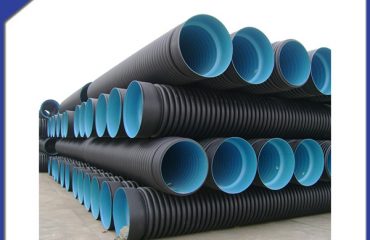Stainless steel butt welding elbow is the general name of all kinds of stainless steel pipe connectors. It has the characteristics of convenient equipment, high performance and easy to use. It has been widely used in the construction and installation of various pipelines. So, how to install stainless steel butt welding elbow? Let’s take a look at it.
It shall end with the slope of arc overload, and arc shall not be generated on the surface of pipe and pipe fitting bus. In the process of arc striking, cracks and pores should be treated in time. During hoisting, stainless steel butt welded elbow shall be separated from other metals to prevent direct contact. Non metallic data barrier methods such as buffer plate and rubber plate can be selected.
The welding temperature of stainless steel butt welding elbow one by one should not exceed 60 ℃. Argon filling protection should be carried out inside the weld during positioning welding. When cutting, it is not allowed to use ordinary wheel cutting, but special grinding wheel for stainless steel butt welding elbow or plasma cutting.
When connecting stainless steel butt welded elbows and non stainless steel pipes and fittings, argon shall be filled in before bottom welding, and then tungsten argon arc welding shall be carried out. After welding, pickling and passivation shall be carried out at the joint.
Stainless steel elbow fittings also have many processing methods. The most commonly used methods are stamping, forging, rolling, bulging, drawing, bending and combined processing. Pipe processing is an organic combination of mechanical processing and metal pressure processing. Forging method: the pipe end or part is stretched by die forging machine to reduce the outer diameter. The new type is rotary type, connecting rod type and roller type. Punching method: the pipe end is extended to the required size and shape with a tapered core on the stainless steel elbow. Roller method: the core is placed in the stainless steel stamping elbow, and the outer wheel is pushed to process the circular edge.
Stainless steel is one of the high strength building metal materials. Stainless steel has good corrosion resistance, which can keep the integrity of engineering design permanently. Chromium containing stainless steel also has mechanical strength and high ductility. It is easy to process and make parts, which can meet the needs of architects and structural designers. All metals react with oxygen in the atmosphere. Oxide film on the surface. Unfortunately, the iron oxide formed on ordinary carbon steel will continue to oxidize, the corrosion will continue to expand, and eventually form holes. Paint or anti-oxidation metals (such as zinc, nickel and chromium) can be electroplated to ensure the surface of carbon steel. However, as we all know, this kind of protection is only a kind of film. If the protective layer is damaged, the steel below will start to rust.
 Language
Language Espanol
Espanol English
English Italian
Italian عربى
عربى
 Skype: chinamaker99
Skype: chinamaker99  Tel: 86-316-5120812
Tel: 86-316-5120812 Email:
Email:  Whatsapp:
Whatsapp: 
